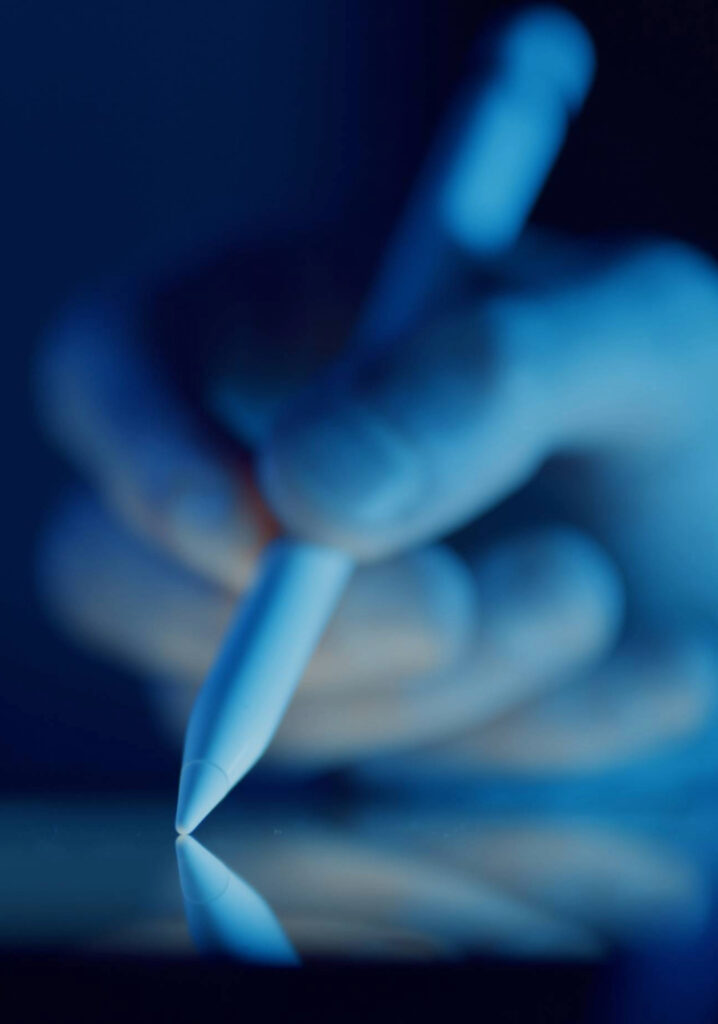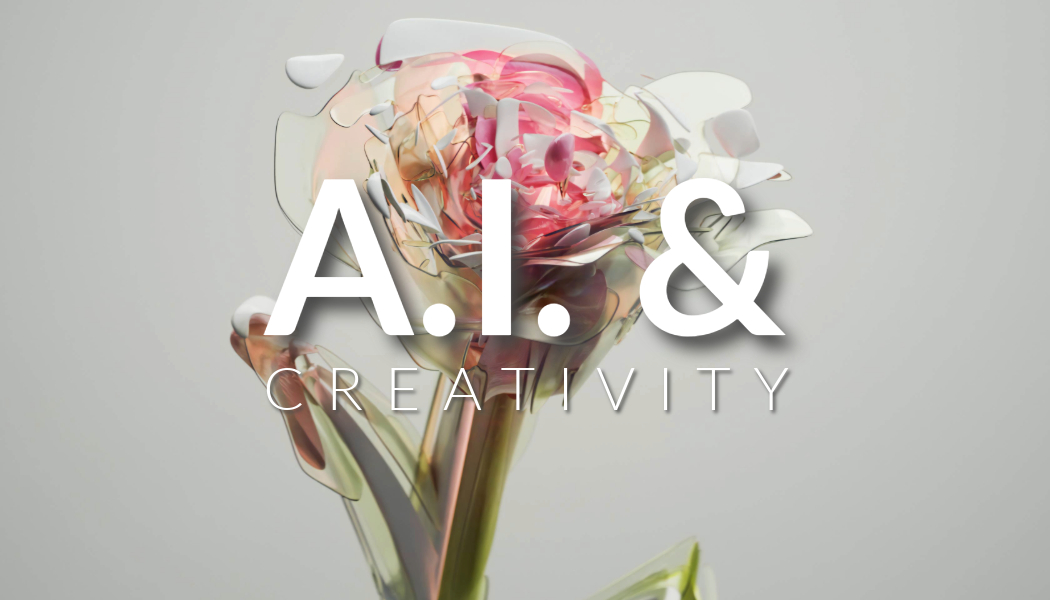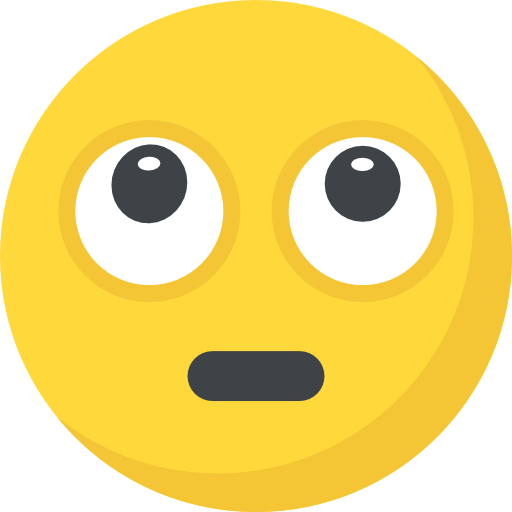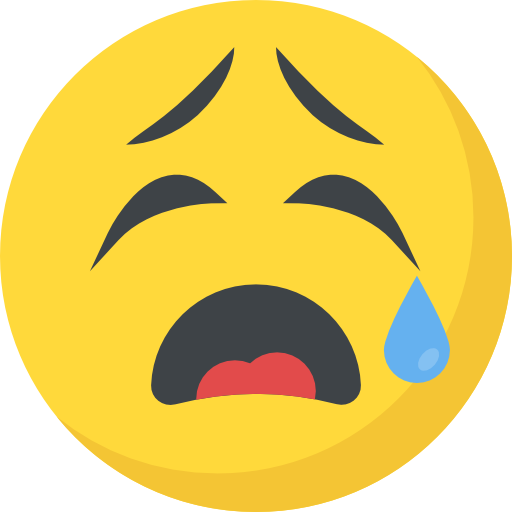Exploring the Intersection of AI and Image Generation and Editing

The intersection of artificial intelligence (AI) and creativity is one of the most fascinating developments in technology today. AI’s influence on image generation and editing is revolutionizing how we conceive, create, and interact with visual art. This article delves into the implications of AI in the creative process, exploring how these advancements are transforming traditional notions of artistry and design.
The Evolution of AI in Image Generation
AI’s journey into the world of image generation began with basic algorithms that could mimic artistic styles. Early iterations of AI-generated art were intriguing but limited, often requiring significant human input to produce satisfactory results. However, recent advancements have propelled AI into new creative realms.
Generative Adversarial Networks (GANs) have been at the forefront of this revolution. GANs consist of two neural networks: a generator that creates images and a discriminator that evaluates them. Through a process of continuous refinement, GANs can produce images that are increasingly realistic and stylistically complex. This technology has enabled AI to generate original artworks, from photorealistic landscapes to abstract compositions, challenging our understanding of creativity.
AI as a Collaborative Creative Tool
AI is not merely replacing human creativity but is emerging as a collaborative tool that enhances the creative process. Artists and designers are leveraging AI to explore new possibilities, experimenting with forms, colors, and textures that might have been difficult to imagine or execute manually.

For instance, AI-powered tools like DeepArt and Runway ML allow artists to apply unique styles to their work or create entirely new images from simple sketches. These tools empower creators to push the boundaries of their imagination, making complex artistic visions more accessible and achievable.
Moreover, AI’s ability to analyze vast datasets enables it to learn from a broad spectrum of artistic styles and techniques. This capability allows artists to draw inspiration from a global repository of visual culture, blending influences from different genres, periods, and cultures to create something truly novel.
Ethical Considerations and Challenges
As with any technological advancement, the integration of AI into creative processes raises important ethical questions. One of the primary concerns is the issue of authorship and originality. When AI generates an image, who is the true creator—the machine or the person who programmed it? This question is becoming increasingly pertinent as AI-generated art gains recognition in galleries and auction houses worldwide.

Additionally, there is a concern about the potential for AI to homogenize artistic expression. If many artists begin to rely heavily on similar AI tools, could this lead to a convergence of style and a reduction in the diversity of visual art? While AI offers unprecedented creative possibilities, it also presents the risk of diminishing the individual artist’s unique voice.
Another significant challenge lies in the potential misuse of AI in image editing, particularly in the realm of deepfakes. These hyper-realistic altered images or videos can be used to spread misinformation or infringe on privacy, highlighting the need for responsible AI use and robust ethical guidelines.

The Future of AI and Creativity
Looking ahead, the role of AI in image generation and editing is likely to expand, with AI becoming an integral part of the creative toolkit across various disciplines. From fashion design to architecture, AI’s ability to rapidly generate and iterate on ideas will drive innovation, allowing creators to explore concepts in ways previously unimaginable.
AI’s evolution will also continue to democratize creativity. As these technologies become more accessible, a broader range of people, regardless of their technical skills, will have the tools to express themselves creatively. This democratization could lead to a renaissance of visual culture, where creativity is no longer limited by traditional skill sets but is instead fueled by the limitless possibilities offered by AI.
Conclusion
The intersection of AI and creativity is reshaping the landscape of image generation and editing. While AI presents new opportunities for artistic expression, it also challenges our understanding of authorship, originality, and the essence of creativity. As we navigate this evolving landscape, it is crucial to consider the ethical implications and ensure that AI serves as a tool for enhancing human creativity rather than replacing it. The future of art and design will likely be a dynamic collaboration between human intuition and machine intelligence, leading to a new era of creative possibilities.















What do you think?
It is nice to know your opinion. Leave a comment.